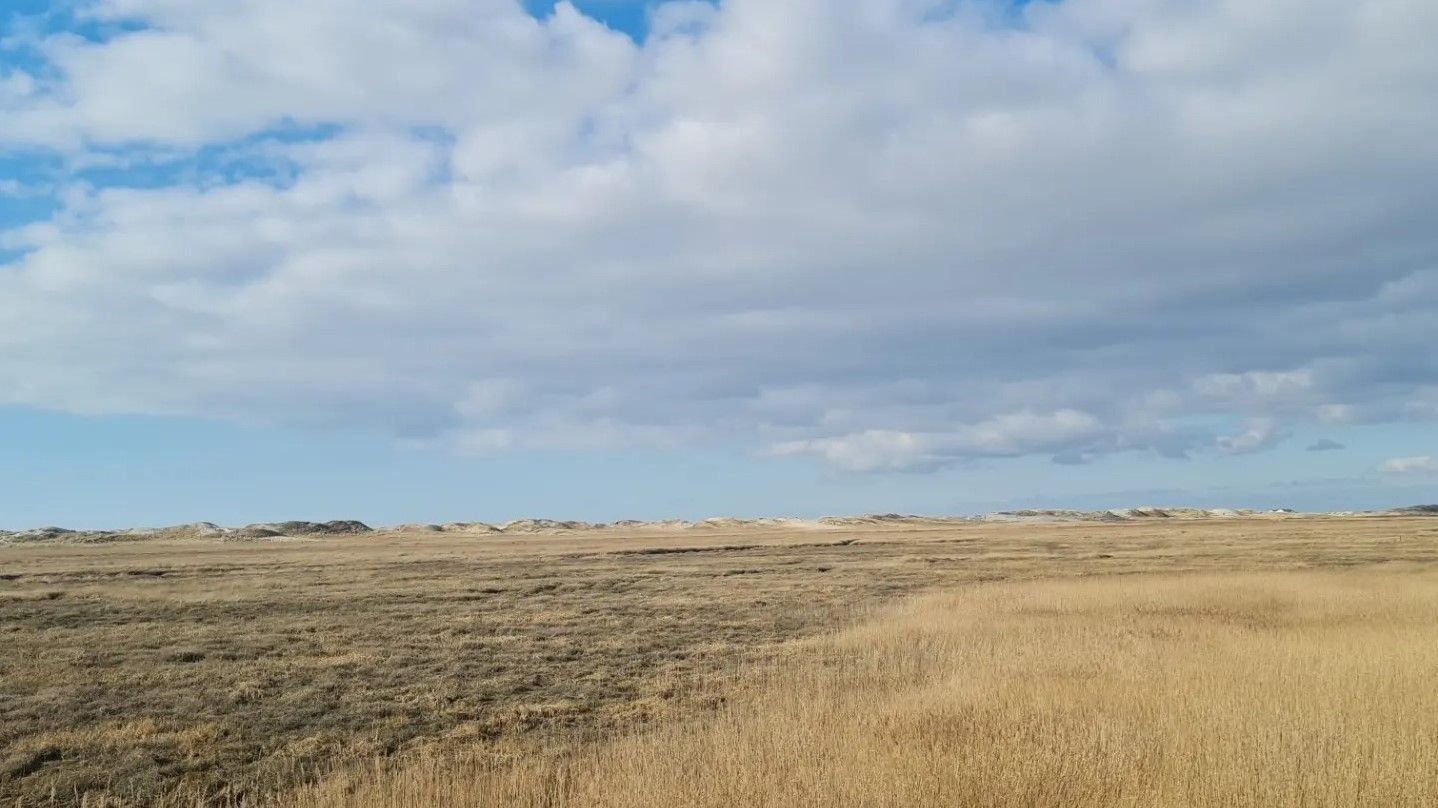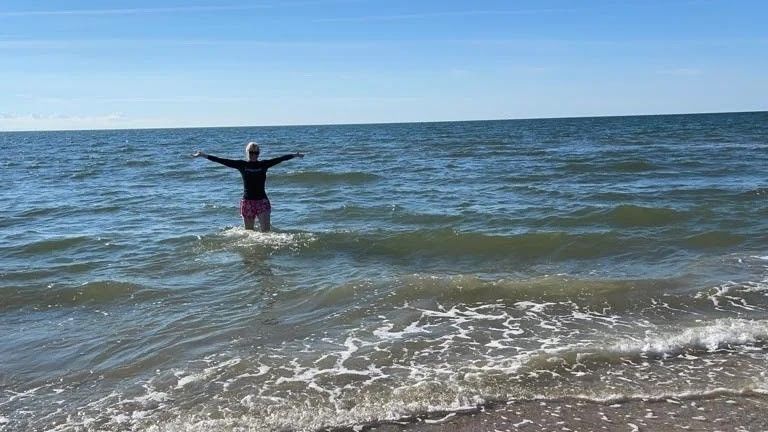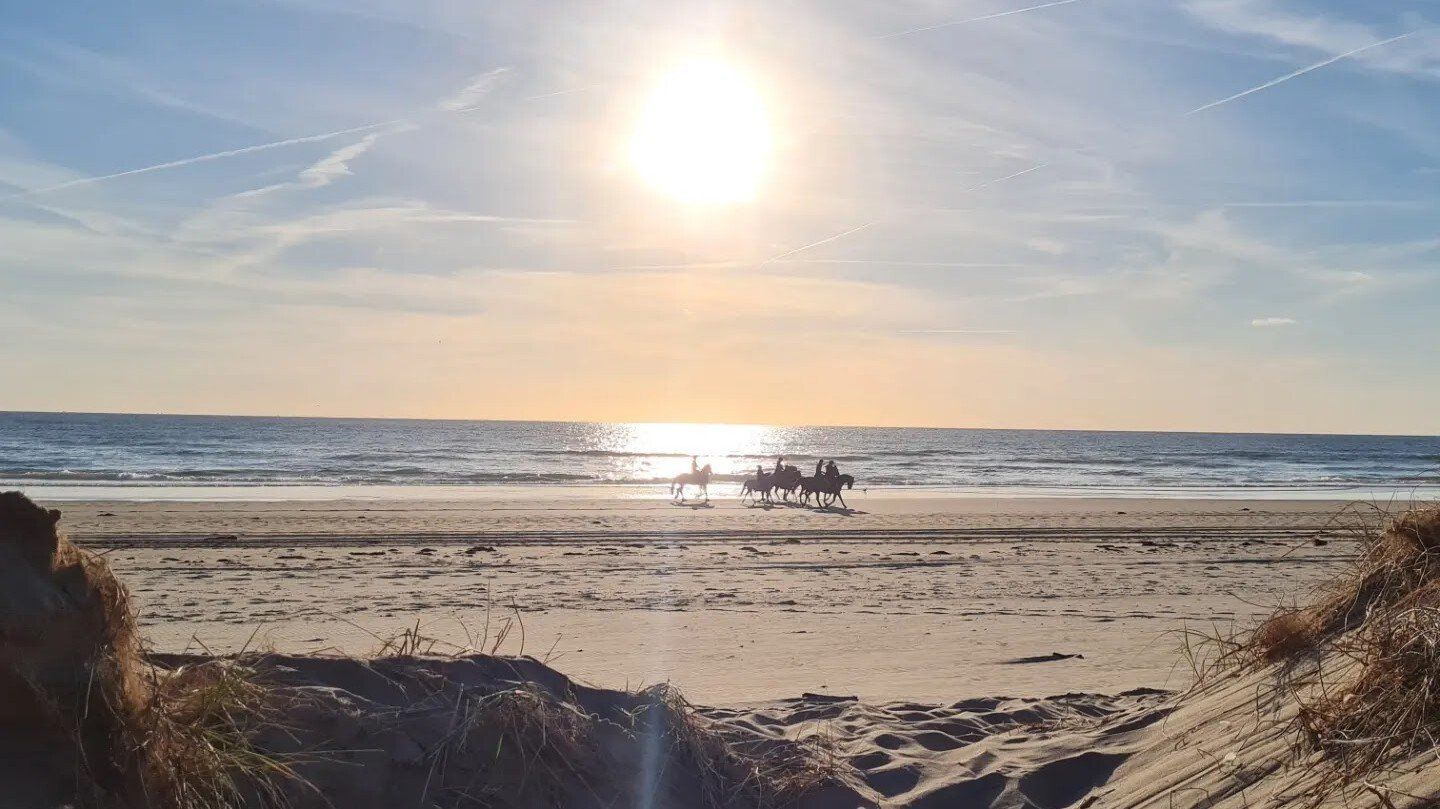Blog und Mee(h)r
Meinen Blog gibt es auf Deutsch und auf Englisch. Für die englische Version einfach den Beitrag herunterscrollen.
…oder weitere Dinge, die uns vorwärtsbringen (Teil 2)

Eigentlich wollte ich diesen Blogbeitrag mit „Aufgeben“ betiteln. In Anlehnung an meinen letzten Blogbeitrag fand ich es passend etwas darüber zu schreiben, dass „unser Komfortzone verlassen“ auch bedeuten kann, etwas „aufzugeben“ – einen Traum, einen Gedanken, unsere Gefühle, unsere Pläne.
Wie oft müssen wir bestimmte Gegebenheiten hinter uns lassen, um uns weiter zu entwickeln? Können wir wirklich erwarten, dass sich etwas tut, während wir an alten Strukturen und Gewohnheiten festhalten? Vermutlich nicht – meiner Erfahrung nach zumindest…
„Aufgeben“ fühlt sich aber schon beim Aussprechen des Wortes komisch an. Ein bisschen nach „verlieren“ – oder geht das nur mir so?
Man gibt auf, wenn man einen 1.000 m Lauf nicht schafft. Wenn man eine schlechte Wertnote im Reitsport erwartet, hebt man die Hand und verzichtet schon mal bevor man das eigentliche Ergebnis hört.
Alleine das Wort „aufgeben“ ist zu einem guten Teil mit einem Gefühl des Versagens verbunden. Automatisch, weil anerzogen und über den allgemeinen Sprachgebrauch etabliert.
Fakt ist und bleibt aber: wenn ich meine Komfortzone verlassen und mich weiterentwickeln möchte, kann es nicht so bleiben wie es war.
Wie sich dem also annähern ohne dass der fade Beigeschmack des Verlierens oder Versagens unser Tun negativ färbt und vielleicht sogar blockiert?
Den richtigen Hinweis erhielt ich vor ein paar Tagen in einem Gespräch mit meinem Sanskritlehrer. Wir sprachen kurz über meinen letzten Blogartikel und er erzählte mir, dass er beim Lesen spontan das Bild von einem Trapez im Kopf hatte.
Wie genial!
Ich liebe gute Metaphern!
Wenn Trapezkünstler*innen sich durch die Luft bewegen, wechseln sie von einer schwingenden Trapezschaukel zur anderen. Dabei müssen sie die Schaukel von der sie wechseln wollen loslassen, während sie die andere bereits im festen Blick oder bei weniger spektakulären Kunststücken bereits in der Hand haben. Ähnliches begegnet uns, wenn wir an der Schwelle stehen eine Veränderung vorzunehmen und es notwendig wird etwas anderes hinter uns zu lassen beziehungsweise los zu lassen.
Und was aber eben auch dazugehört - und meist vergessen - ist, dass wir über das Neue, was auf der anderen Seite ist bereits verfügen.
Wenn die Artisten*innen am Trapez nicht die andere Schaukel schon im Blick hätten und nicht darauf vertrauen würden, dass sie sich durch ihre Erfahrungen und Übung genügend Fertigkeiten angeeignet haben um ihr Ziel zu erreichen, auch wenn es noch “leeren” Raum bis dahin gibt, dann würden sie mit Sicherheit in dem Netz unterhalb des Trapezes landen. Durch das eben genannte Vertrauen eignen sich die Artisten*innen das Neue aber bereits an und die bisherigen Erfahrungen und das bisher Gelernte bilden die Grundlage, um das Neue nicht nur zu erreichen sondern dort auch weiter zu “schwingen” bis sie wieder auf festem Grund stehen.
Übertragen auf das “richtige” Leben bedeutet das, dass wir uns, wenn wir in eine Lage kommen, die das Loslassen erfordert, schon auf die Phase des freien Flugs freuen können. Wir haben das Ziel im Blick im Vertrauen, dass wir uns das Neue bereits über alles was vorher war und geschehen ist, zu Eigen gemacht haben.
Berechtigterweise werden einige jetzt einwerfen, dass ja auch Trapezkünstler*innen es nicht immer schaffen, die nächste Schaukel zu erreichen und dann fallen. Ja, das ist wahr… Es wäre auch unrealistisch zu denken, dass das nie passieren kann. Aber in der Artistik, genau wie im richtigen Leben, gibt es verschiedene Möglichkeiten der Absicherung. Wenn Artisten*innen fallen haben sie unter sich meist ein Netz oder je nach Art der Kunststücke ein Seil, welches sich sichert und auffängt. (Das ist dann nochmal ein Thema für einen anderen Blogbeitrag.)
Wenn sie dann also doch mal fallen und dort aufgefangen werden, geben sie nicht auf, schütteln sich kurz, orientieren sich neu und versuchen es dann noch einmal. Vielleicht mit einer anderen Herangehensweise, vielleicht ändern sie die Übung oder das Ziel ab. Aber sie probieren es trotzdem wieder und finden am Ende den festen Grund von dem sie weitergehen können. Und das ist doch wirklich eine positive Perspektive, oder?
Könnt ihr mit diesem Bild was anfangen? Ich würde mich freuen Eure Gedanken zu lesen. Wenn Ihr diese teilen möchtet sendet mir gerne ein Mail an gudrun(at)seaofyoga.com oder DM via Instagram.
Bis dahin wünsche ich Euch alles Liebe.
Love xx
Gudrun
Foto von Gudrun Seyler (Langeoog, November 2019)
----
The trapeze...
...or other things, that move us forward. (Part 2)
Actually, I wanted to title this blog post "Giving up". Following on from my last blog post, I thought it fitting to write something about how "leaving our comfort zone" can also mean "giving up" something - a dream, a thought, our feelings, our plans.
How often do we have to leave certain realities behind in order to move forward? Can we really expect change while we hold on to old structures and habits? Probably not - at least in my experience...
"Giving up" feels strange just saying the word, though. A bit like „losing“ - or is it just me?
You give up, if you don't manage a 1,000 m run. If you expect a bad score in equestrian sport, you raise your hand and give up even before you hear the actual result.
The very word "give up" is associated to a good extent with a feeling of failure. Automatically, because it is ingrained in this meaning and established through common usage.
But fact is: if I want to leave my comfort zone and grow, things cannot remain as they were.
So how can we approach this without the bland taste of losing or failing colouring our actions negatively and perhaps even blocking them?
I got the right clue a few days ago in a conversation with my Sanskrit teacher. We talked briefly about my last blog article and he told me, that - when he read it - he spontaneously had the image of a trapeze in his mind.
How brilliant!
I really love a good metaphor!
When trapeze artists move through the air, they change from one swinging trapeze swing to another. In doing so, they have to let go of the swing they want to change from while they already have the other one in their sights or, in the case of less spectacular tricks, in their hands. We encounter something similar when we are on the threshold of making a change and it becomes necessary to leave something else behind or let go. And what is also part of it - and usually forgotten – is, that we already OWN the „new“ on the other side.
If the artists on the trapeze did not already have the other swing in sight and did not have the trust that they had acquired enough skills through their experience and practice to reach their goal - even if there was still "empty" space until then - then they would certainly end up in the net below the trapeze. Through the confidence just mentioned, however, the artists already „own“ the new swing. The previous experiences and what they have learned so far form the basis not only for reaching the new swing but also for continuing to "swing" there until they are standing on solid ground again.
Transferred to "real life“, this means that when we get into a situation that requires letting go, we can already look forward to the phase of free flight. We have the goal in sight and the confidence, that we have already embraced the new through all that we experienced and has happened to us before.
Some people will reasonably say, that even trapeze artists do not always manage to reach the next swing and then they fall. Yes, that is true... It would be unrealistic to think, that this can never happen. But in artistry, just like in real life, there are different ways to protect yourself. When artists fall, they usually have a net underneath them or, depending on the type of trick, a rope that secures and catches them. (That might be a topic for another blog post…).
So if they do fall and are caught there, they do not give up, shake the shock off, reorient themselves and then try again. Maybe with a different approach, maybe they change the exercise or the goal. But they still try again and in the end find the solid ground from which they can move on. And that is really a positive perspective, isn't it?
Can you relate to this picture? I would be happy to read your thoughts, so if you want to share them send me an email to gudrun(at)seaofyoga.com or DM via Instagram.
Until then, I send you all my love.
Love xx
Gudrun
Photo by Gudrun Seyler (Langeoog, November 2019)






